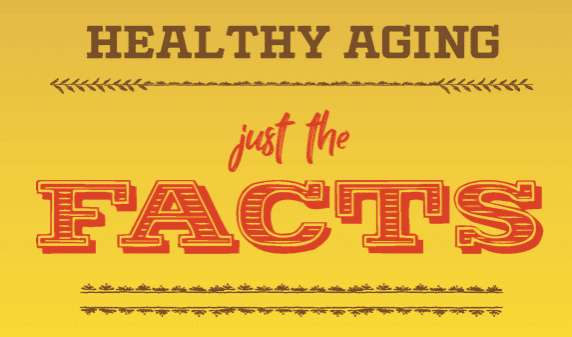Grain foods are the foods we love that love us back. Bread, specifically, is a tasty and nutritious food at any age, and especially for healthy aging.
Americans may be aging, but they are not slowing down. More than a third of the country’s population is over 50, and, more than ever, they are looking for ways to stay healthy and active.
You can be your best at any age by:
- Eating healthy foods that supply quality, fiber-rich carbohydrates, protein and healthy fats.
- Staying physically active with daily exercise.
- Staying mentally active and intellectually curious.
- Staying socially active among friends, family and community.
Eating healthy foods does not mean following every fad diet that comes along. In fact, it sometimes means focusing more on the foods you love. Don’t deprive yourself or your health from the vital nutrients in grain foods like bread.
Grain foods are an essential part of the journey to a healthier you at any age. Why?
- Eating sufficient carbohydrate fuels the body and allows protein to be used for other important functions, instead of being broken down for energy. If you don’t consume the needed amount of carbohydrates, your body can rely on protein for energy, making the protein less available for things like keeping muscles healthy and strong.
- Choosing a variety of high fiber grains helps to maintain a healthy gut and gastrointestinal function.
Carbohydrate-rich foods like grains nourish the brain. Emerging research in adults 35 to 55 years old suggests that dietary patterns that are low in whole grains and high in red meat, processed meat and fried foods are linked to cognitive decline at older ages.
- In a study with older adults aged 60-80 years, whole grain and cereal fiber intake were associated with lower total percent body fat and lower abdomen fat mass (“belly fat”).
- Whole and enriched grains provide key vitamins and minerals to the body, including B-vitamins thiamin, niacin, riboflavin, and folate, as well as the minerals, iron, zinc, selenium, and magnesium.
- Whole grains provide anti-oxidant and anti-inflammatory nutrients. Reducing oxidative stress by consuming whole grains is a likely mechanism for the protective effect from diseases associated with aging.
Remember:

The Recommended Dietary Allowance (RDA) for carbohydrates is 130 grams/day (500 calories) for men at least 38 of those grams and 25 of those grams for women should be in the form of fiber (not sugar or starch, which are also carbohydrates).
- A slice of whole wheat toast at breakfast (2 g fiber)
- A sandwich with two slices of whole grain bread at lunch (4 g fiber)
- A one-serving size snack of whole wheat crackers (3 g fiber)
- A whole wheat dinner roll (2 g fiber)
Dietary fiber from whole grains is important because it can help improve blood cholesterol levels and lower the risk of heart disease, stroke, obesity, and type 2 diabetes.
Best of all, bread is tasty, easy to buy and store, and the perfect vehicle for the delivery of nutrients that contribute to healthy aging. Sandwiches, wraps, and crackers can carry needed protein≠rich foods, vegetables and healthy fats.

